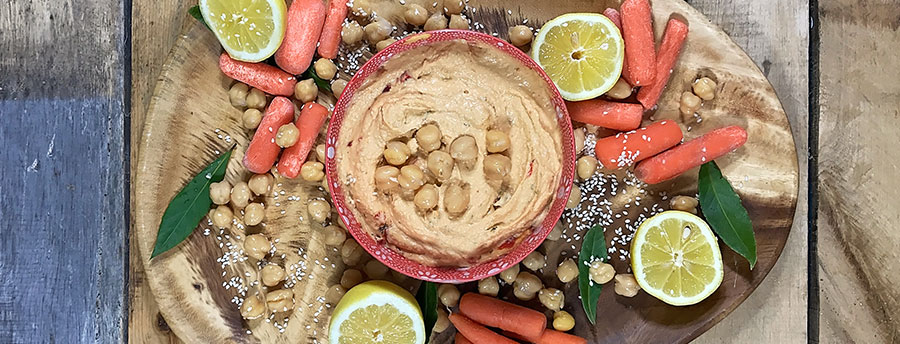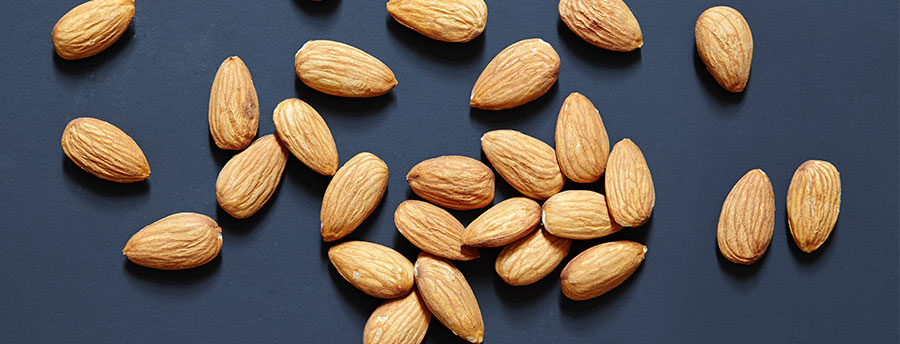The desire for “healthier” isn’t going away. That’s good news and bad news for snack bars, dairy alternatives and so many brands trying to stay connected to the elusive health conscious consumers always on the hunt for the better “better-for-you” options.
Let’s compare the snack/nutrition bars and cereal categories as an example.
Consumers will always need to eat when they are running around and will forever look for brands at the intersection of healthy and convenient, which is why snack bars are replacing cereal. Cereal was the original “better” choice for breakfast, but over the last 8 years, their sales have fallen a whopping 17%. And as health-consciousness has risen, snack bars are eating up the market space partly due to the perceived healthiness and partly due to the on-the-go lifestyle, which continues to play a large role in consumers’ lives. This category is forecasted to reach $8 billion by 2019.
Unlike other foods, snack bars are not limited by time and meal occasion. 60% eat snack bars as a portable breakfast and 75% as a snack between meals. There is a snack bar for everyone and everything. Consumers shop with specific health benefits in mind like high protein, high fiber, gluten free, real ingredients, low sugar, dairy free, vegan, organic…the list is endless!.
But can the incredible growth last? As brands catch on, quality ingredients and clean labels are becoming parity. Right now there is a market full of niche brands and cut-throat competition. So what will happen when private label becomes a real force (as it always does in the quickly-shrinking center of the store)?
Love is not enough
Our I-Factor® studies on the snack bar and cereal categories show alarming parallels.
While consumers in both categories profess their love for brands, we know from other categories that love is no longer enough to foster strong relationships and beat the competition.
So what’s critical to a long-lasting relationship?
Based on our proprietary insights tool, I-Factor®, three things have to be true for any brand to thrive in today’s chaotic environment: consumers have to comprehend the brand, crave the brand, and brands need to be compelling and relevant enough to create craze. The situation is beyond challenging. Today, consumers expect to be part of two way conversations, extreme personalization and unique experiences.
True engagement is critical
Consumers are only “somewhat engaged” in the snack bars category. That should be a wake up call for brands. In our I-Factor® study, Larabars (the I-Factor® leader), Kind, Kashi and Nutrigrain all scored neutral (which is a bummer) on questions like “brand resonates with who I am” and “I can’t live without this brand”.
Why is this so scary for brands? That means snack bars, just like cereals, are replaceable to consumers. Translation: they don’t have a strong enough relationship and consumers will switch for almost any reason-sales, flavor innovation, etc. Cereals, like Cheerios, Frosted Flakes and Special K, also have neutral scores in those dimensions of the study and we know what’s happened to them.
This means the next few years are absolutely critical for snack bars and if they don’t quickly create a stronger connection their decline is inevitable.
I-Factor® can help your brand create strong, long-lasting connections with the growing (and influential) population of health-conscious consumers. And because it’s done on a completely digital platform, it can help generate compelling, quantitative insights super fast. If you want help getting consumers connected to your brand in a way that lasts, let’s talk.














